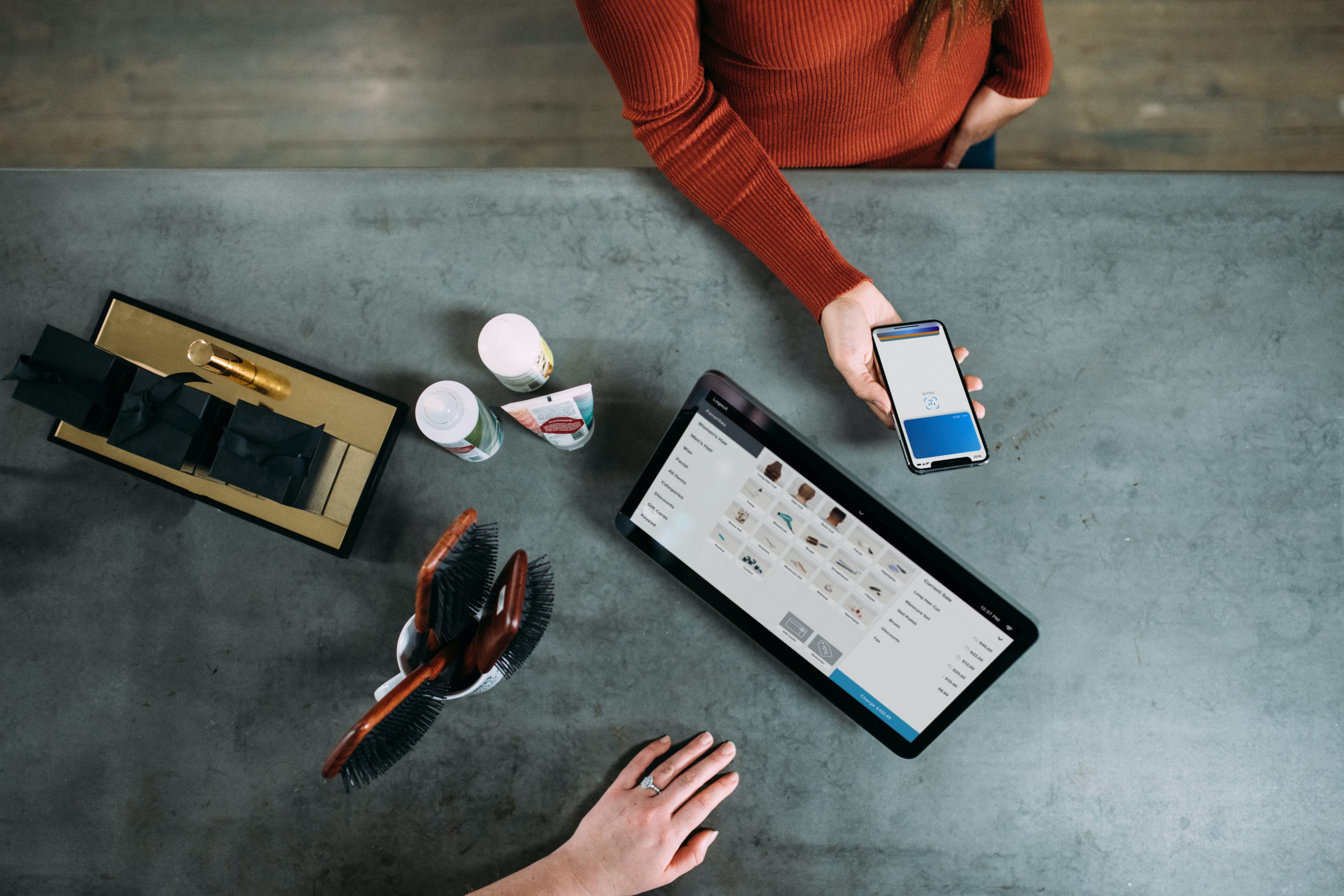
Retailers need to not only adapt to but also anticipate changing customer behaviour as we move into a new reality.
The COVID-19 pandemic dealt the retail sector a series of massive blows, greatly reducing in-store foot traffic and forcing a technological revolution virtually overnight. Even with retail stores now reopened, the pandemic has likely changed customer behaviour permanently. As consumers, we all became accustomed to staying home, buying products online, and getting them delivered or picking them up curbside. The pace of customers’ expectations for seamless movement across growing digital and in-store pathways continues to increase, and companies are racing to match that demand with consistency in their brand experience.
In this post-pandemic “next normal” reality, how will retail business not simply recover from the past two years, but beat out the competition and thrive? Here are five strategies that will make retailers stand out from the crowd, stay ahead of the technology curve, and keep their customers buying—both in-store and online.
1. Offering a next-level “phygital” retail experience
COVID has accelerated the demand for an enhanced “phygital” store experience—also known as “bricks and clicks.” This strategy seamlessly blends brick-and-mortar stores with online and immersive shopping. In 2022 and beyond, this will include many 5G-powered elements such customers interacting with store content via their devices or using navigation tools and apps while shopping, or immersive product displays enhanced by augmented or virtual reality. “All this can be shared with family and friends across social networks,” Butch Cavello, Vice President of Direct-to-Consumer Retail at Samsung, told delegates at the recent iQmetrix Industry Address. “All this is happening today, and it also helps retailers with rich, real-time data on what consumers are engaging with.”
2. Leveraging customer data for personalized shopping
Speaking of data, it’s more crucial than ever that retailers capture and leverage customer data—whether those customers are buying online and leaving a handy trail, or whether they are purchasing in-store. Customers now expect a highly personalized experience, and to have their wants and needs anticipated by their favourite retailers. For example, many shoppers will wait to buy new clothing items until they get items recommended to them via their social media feeds, based on what they’ve previously bought or browsed online. Retailers can no longer sit back and expect the customer to come to them, and they must bring relevant, targeted products to the right customers to win that sale.
3. Cracking the same-day delivery conundrum
The vast majority of retailers are prioritizing plans for same-day delivery services, according to a global survey by Chain Store Age. And customers expect to be able to get their new cellphone, for example, the moment that they need it. While deep-pocketed companies such as Amazon are leading the charge with services like Prime offering same-day delivery, other retailers with fewer resources are finding inventive ways to make such services happen. This includes non-food retailers partnering with one of the many food-delivery services that have emerged in the past few years, such as Uber Eats or Door Dash. This makes the retailer’s products available on those apps, and deliver them in the time it takes for a courier on an e-bike to get to the customer’s door.
4. Resolving the product-availability challenge
The supply chain disruption will continue to affect the retail industry in a big way. Few consumers are aware of why product availability might be limited, even fewer will care about that reason—they simply want their product when they want it. Retailers must figure out ways to serve those customers in as short a time as possible, or risk losing them to the proliferation of alternative online retailers who will promise their exact product is only a click away. For retailers who have limited items in stock, employing omnichannel solutions such as buy online, pick up in-store or dropship can help here.
5. Extending the end-to-end customer journey
Looking ahead beyond 2022, customer expectations will continue to grow and the burden will fall on the retailer to provide continually evolving, enhanced experiences—both physical and digital. What’s more, the end-to-end experience is changing, with the shopping journey starting much further upstream in terms of online product research by the customer, added Samsung’s Cavello. “And it goes all the way now to post-purchase. Customers expect brands and retailers to know and understand them and their needs, and be there for them.”
Theresa Rowsell is the Vice President of Product at iQmetrix.
Photo by Blake Wisz on Unsplash

Leave a Reply